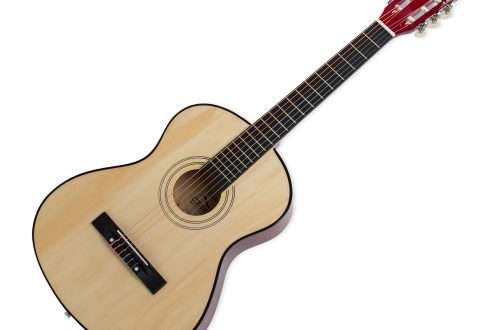
Chatkhan: description of the instrument, composition, history, how it is played
Chatkhan is a musical instrument of the Khakass, the Turkic people of Russia. Type – plucked string. The design resembles a European zither.
The body is made of wood. Popular materials are pine, spruce, cedar. Length – 1.5 meters. Width – 180 mm. Height – 120 mm. The first versions were made with a hole in the bottom. Later versions are characterized by a closed bottom. Small stones are placed inside the closed structure, ringing during the Play. The number of metal strings is 6-14. Older versions had a smaller number of strings – up to 4.
Chatkhan is the oldest and most widespread musical instrument in Khakassia. It is used as an accompaniment in the performance of folk songs. Popular genres are heroic epics, poems, tahpakhs.
The specificity of the performance lies in the Play while sitting. The musician puts part of the instrument on his knees, the rest hangs at an angle or is placed on a chair. The fingers of the right hand extract the sound from the strings. Sound extraction techniques – pinch, blow, click. The left hand changes the pitch by changing the position of the bone stands and the tension of the strings.
Legends say that the instrument was named after its creator. Khakass shepherds worked hard. One shepherd named Chat Khan decided to cheer up his comrades. Having carved a box out of wood, Chat Khan pulled horse strings on it and began to play. Hearing the magical sound, the shepherds experienced peace, and the surrounding nature seemed to freeze.
Chatkhan is the symbol of Haiji. Haiji is a Khakassian folk storyteller who performs songs to this instrument. The repertoire of storytellers ranged from 20 works. Semyon Kadyshev is one of the most famous haiji. For his work he was awarded the Order of the Badge of Honor in the USSR. In the XNUMXst century, the chatkhan continues to be used in the folk and stage art of the Khakas.





